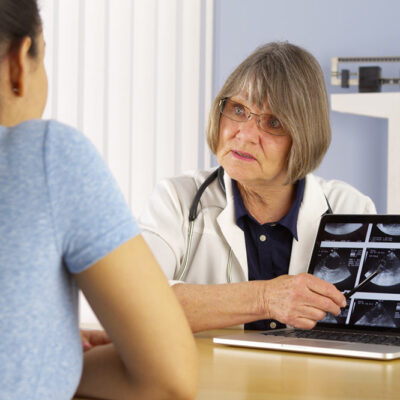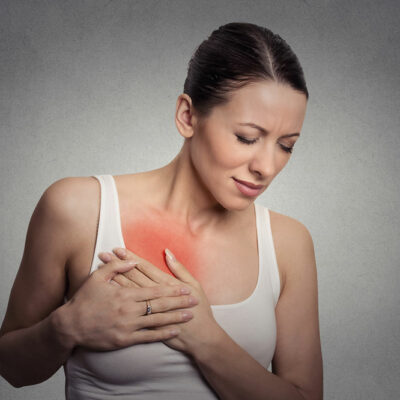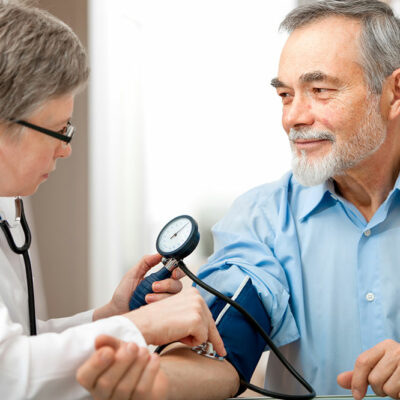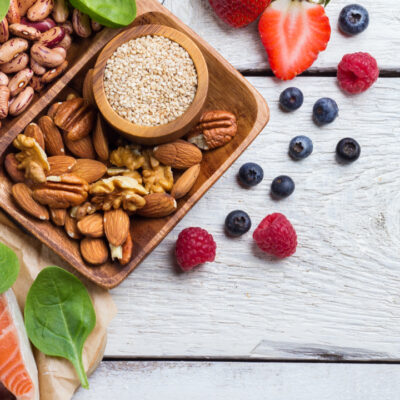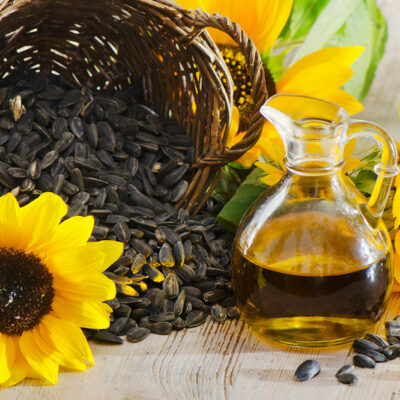
Health
Foods to Eat and Avoid with Nasal Polyps
A healthy diet goes a long way in keeping nasal polyps symptoms at bay. Nasal polyps are tear-like growths occurring inside the nasal cavity. The diet for nasal polyps should be focused on avoiding allergic reactions. So, here are some tips to refine your diet and prevent nasal polyps from worsening. Diet for nasal polyps What to include Omega-3 fatty acids Walnuts, salmons, flax seeds, and fish liver oil are some of the prominent sources of omega-3 fatty acids. The key is to reduce the consumption of omega 6 and boost omega 3 instead. Omega-3 fatty acids are highly effective in building overall immunity and treating nasal polyps. Vitamin C When the histamine levels in the body increases, it can lead to inflammation and worsen the polyps. Vitamin C found in citrus fruits and other foods can help in quickly breaking down histamine and alleviate symptoms related to nasal polyps. Peppers Capsaicin causes the hot taste of peppers and is known to be highly effective in clearing sinuses and unblocking congestion. Consumption of peppers is good for people with nasal polyps. It can provide instant relief from congestion caused due to the growth of polyps. Chamomile tea Including chamomile tea to your regular diet for nasal polyps is a good idea.
Read More 